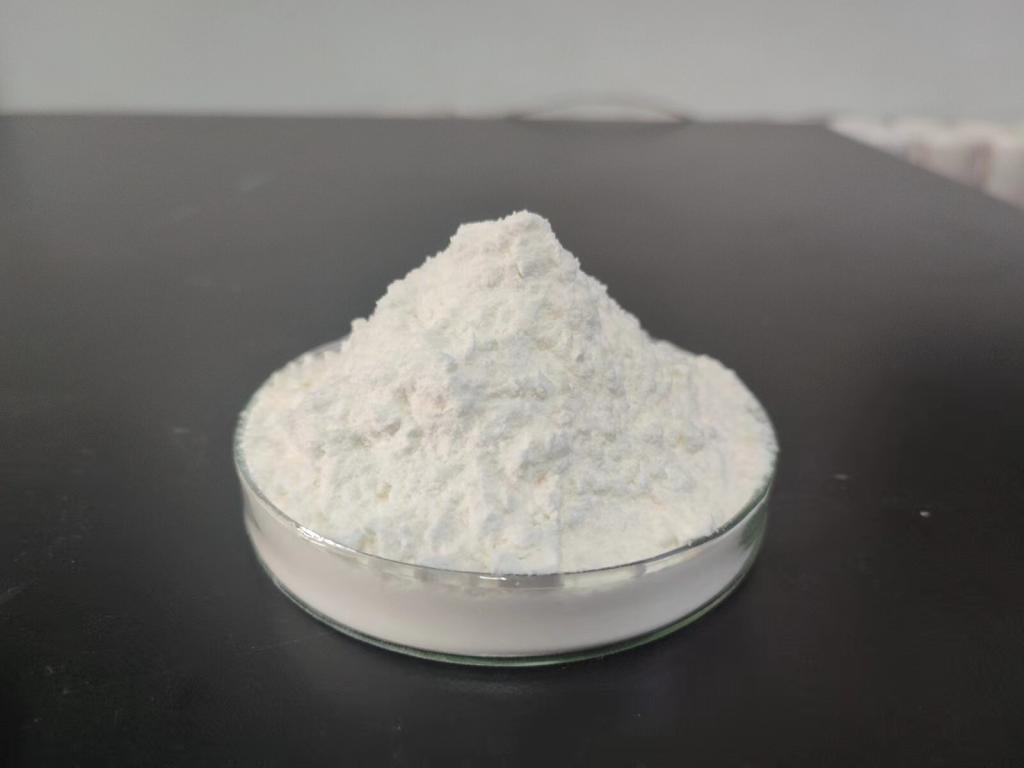Tel:+8618231198596

News
 CONTACT
CONTACT
 CONTACT
CONTACT
- Linkman:Linda Yao
- Tel: +8618231198596
- Email:linda.yao@dcpharma.cn
- Linkman:CHARLES.WANG
- Department:Overseas
- Tel: 0086 0311-85537378 0086 0311-85539701
News
Current Position:
Home >
News
>ε-Polylysine hydrochloride-based antimicrobial coatings for food contact surfaces.
ε-Polylysine hydrochloride-based antimicrobial coatings for food contact surfaces.
TIME:2024-05-09
Properties and Mechanisms of Action:
ε-Polylysine hydrochloride is a naturally occurring polymer composed of lysine residues linked by peptide bonds. Its antimicrobial activity is attributed to its cationic nature, which enables it to interact with negatively charged bacterial cell membranes. ε-PL-HCl disrupts membrane integrity, leading to leakage of cellular contents and eventual cell death. Additionally, ε-PL-HCl may interfere with essential microbial processes, such as cell wall synthesis and protein synthesis, further enhancing its antimicrobial effects.
Development of Antimicrobial Coatings:
The development of ε-PL-HCl-based antimicrobial coatings involves several key steps, including the selection of suitable coating materials, incorporation of ε-PL-HCl into the coating matrix, optimization of coating formulation and application methods, and evaluation of coating efficacy and durability. Various coating techniques, such as dip coating, spray coating, and electrospinning, have been employed to apply ε-PL-HCl onto food contact surfaces while ensuring uniform coverage and adhesion.
Applications in Food Contact Surfaces:
ε-PL-HCl-based antimicrobial coatings have a wide range of applications in food processing facilities, including equipment surfaces, packaging materials, and food preparation surfaces. These coatings can effectively inhibit the growth of spoilage microorganisms and foodborne pathogens, thereby improving food safety and extending the shelf life of packaged foods. ε-PL-HCl coatings are compatible with various substrates, including metals, plastics, and ceramics, making them suitable for diverse food contact surfaces.
Advantages and Challenges:
ε-PL-HCl-based antimicrobial coatings offer several advantages, including broad-spectrum antimicrobial activity, low toxicity, and stability under a wide range of conditions. However, challenges such as optimizing coating formulation, ensuring long-term antimicrobial efficacy, and addressing regulatory considerations need to be addressed to realize the full potential of ε-PL-HCl coatings in food contact applications.
Future Prospects:
Future research directions in the field of ε-PL-HCl-based antimicrobial coatings should focus on addressing the aforementioned challenges, as well as exploring novel coating formulations, delivery systems, and application methods. Additionally, further studies are needed to assess the long-term safety and efficacy of ε-PL-HCl coatings in food contact surfaces and to ensure regulatory compliance with food safety standards.
Conclusion:
ε-Polylysine hydrochloride-based antimicrobial coatings offer a promising solution for controlling microbial contamination on food contact surfaces and improving food safety in the food industry. By leveraging the antimicrobial properties of ε-PL-HCl, these coatings provide an effective means of preventing microbial growth and extending the shelf life of perishable foods. Continued research and innovation in this area are essential for unlocking the full potential of ε-PL-HCl coatings and addressing the evolving challenges of food safety and microbial control.
- Tel:+8618231198596
- Whatsapp:18231198596
- Chat With Skype







